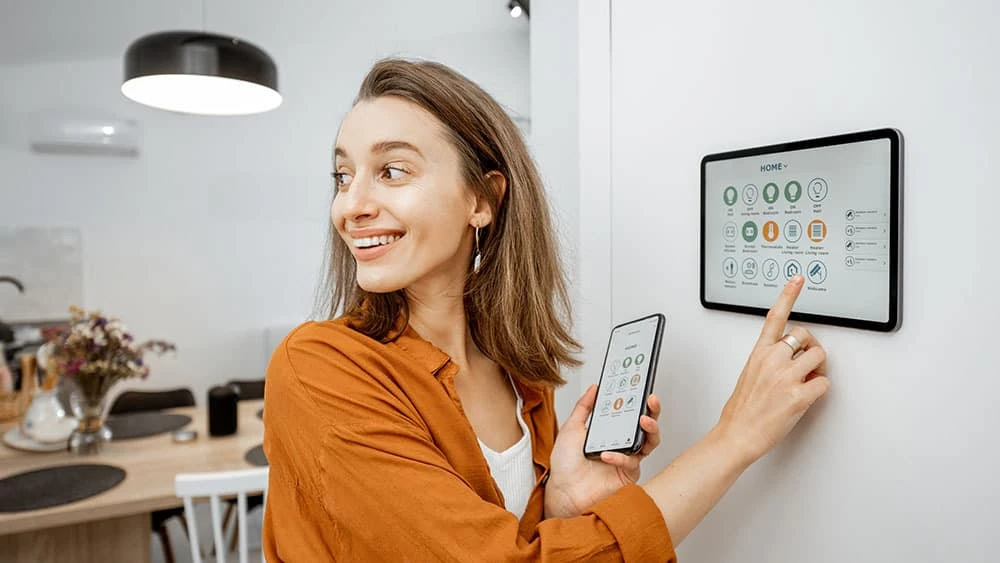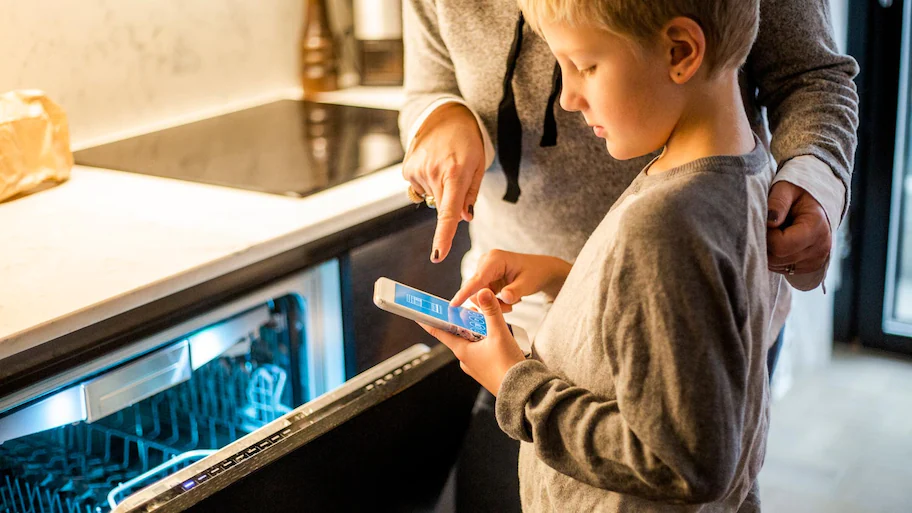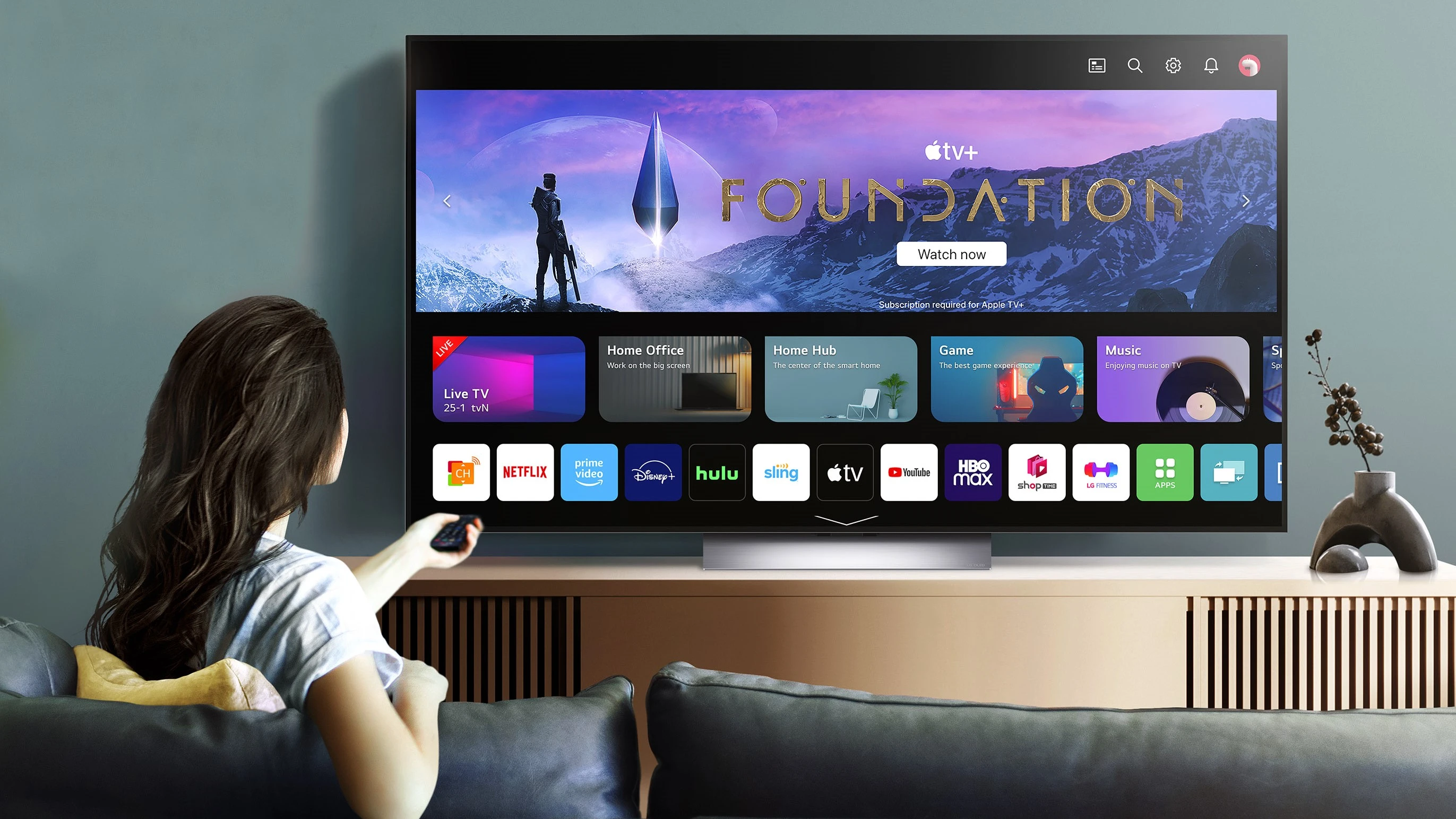Home Automation Services
What is involved in setting up a home automation system
Setting up a home automation system begins with a consultation to assess your needs, preferences, and the existing infrastructure of your home. The installer will work with you to determine which systems and devices you want to automate, such as lighting, security, heating and cooling, or entertainment. Once a plan is developed, the professional will install the necessary hardware, including smart switches, sensors, cameras, and hubs.
The next step involves configuring the system so that all devices communicate with each other through a central control unit, which can be accessed via a smartphone app or voice commands. The installer will test the system to ensure everything operates smoothly and that the automation sequences are correctly set up to match your routines. Finally, the professional will provide training on how to use the system, including tips on managing and customizing the automation settings. This comprehensive approach ensures that your home automation system is tailored to your specific needs and enhances your living experience.
What long-term benefits can you expect from home automation
Home automation offers long-term benefits such as improved energy efficiency, enhanced security, and increased convenience. By automating tasks like adjusting the thermostat, turning off lights, or locking doors, you can reduce energy consumption and lower utility bills. Home automation systems also provide peace of mind with advanced security features, such as remote monitoring, motion detection, and real-time alerts.
Additionally, the convenience of controlling your home from your smartphone or through voice commands adds a level of comfort and ease to your daily life. As technology evolves, home automation systems can be easily upgraded or expanded, ensuring that your home remains smart and connected for years to come.
FAQs
What types of devices can be included in a home automation system?
A home automation system can include devices such as smart lights, thermostats, security cameras, door locks, sensors, entertainment systems, and more. These devices can be controlled and monitored remotely, providing a cohesive and integrated smart home experience.
Is it possible to automate an existing home, or is it only for new builds?
Home automation can be implemented in both new builds and existing homes. Professionals can retrofit smart devices into your current home’s infrastructure, allowing you to enjoy the benefits of automation without needing a complete remodel.
How secure are home automation systems?
Home automation systems are generally secure, but it’s important to use strong passwords, enable two-factor authentication, and keep your system’s software updated to protect against potential security threats. Professional installers can also advise on best practices for securing your system.
Can I control my home automation system when I’m not at home?
Yes, most home automation systems allow you to control and monitor your devices remotely via a smartphone app or web interface. This means you can adjust settings, receive alerts, and even view live security camera feeds from anywhere with an internet connection.
What should I consider when choosing a home automation system?
When choosing a home automation system, consider factors such as compatibility with your existing devices, ease of use, scalability, and support for the features you prioritize, such as security, energy management, or entertainment. Consulting with a professional can help you select a system that best meets your needs and budget.







